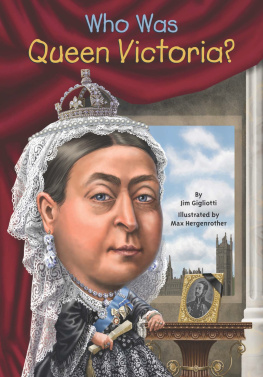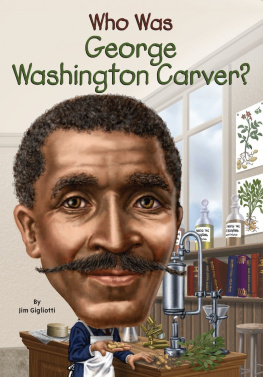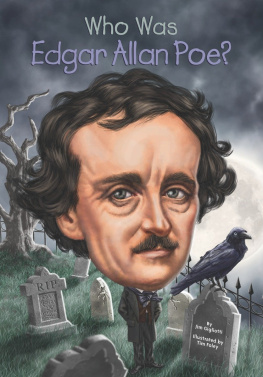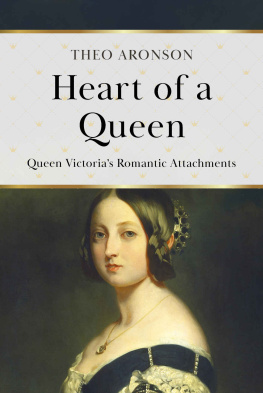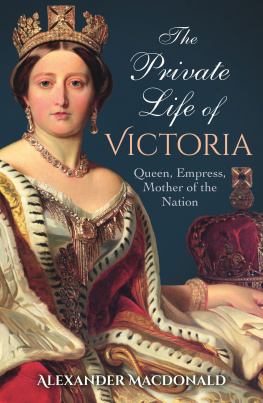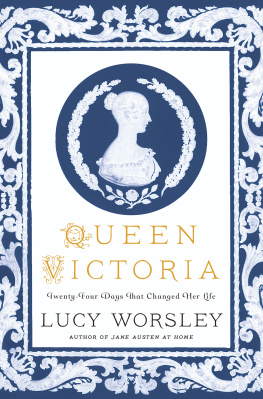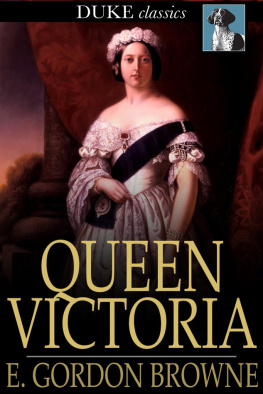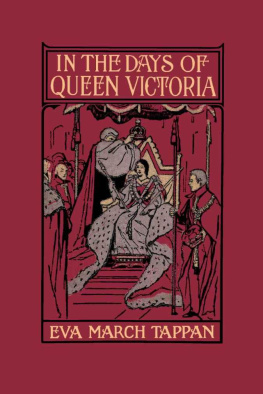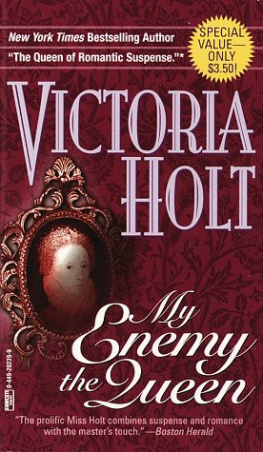Gigliotti - Who Was Queen Victoria?
Here you can read online Gigliotti - Who Was Queen Victoria? full text of the book (entire story) in english for free. Download pdf and epub, get meaning, cover and reviews about this ebook. year: 2014, publisher: Penguin Young Readers Group, genre: Non-fiction. Description of the work, (preface) as well as reviews are available. Best literature library LitArk.com created for fans of good reading and offers a wide selection of genres:
Romance novel
Science fiction
Adventure
Detective
Science
History
Home and family
Prose
Art
Politics
Computer
Non-fiction
Religion
Business
Children
Humor
Choose a favorite category and find really read worthwhile books. Enjoy immersion in the world of imagination, feel the emotions of the characters or learn something new for yourself, make an fascinating discovery.
- Book:Who Was Queen Victoria?
- Author:
- Publisher:Penguin Young Readers Group
- Genre:
- Year:2014
- Rating:5 / 5
- Favourites:Add to favourites
- Your mark:
- 100
- 1
- 2
- 3
- 4
- 5
Who Was Queen Victoria?: summary, description and annotation
We offer to read an annotation, description, summary or preface (depends on what the author of the book "Who Was Queen Victoria?" wrote himself). If you haven't found the necessary information about the book — write in the comments, we will try to find it.
Who Was Queen Victoria? — read online for free the complete book (whole text) full work
Below is the text of the book, divided by pages. System saving the place of the last page read, allows you to conveniently read the book "Who Was Queen Victoria?" online for free, without having to search again every time where you left off. Put a bookmark, and you can go to the page where you finished reading at any time.
Font size:
Interval:
Bookmark:

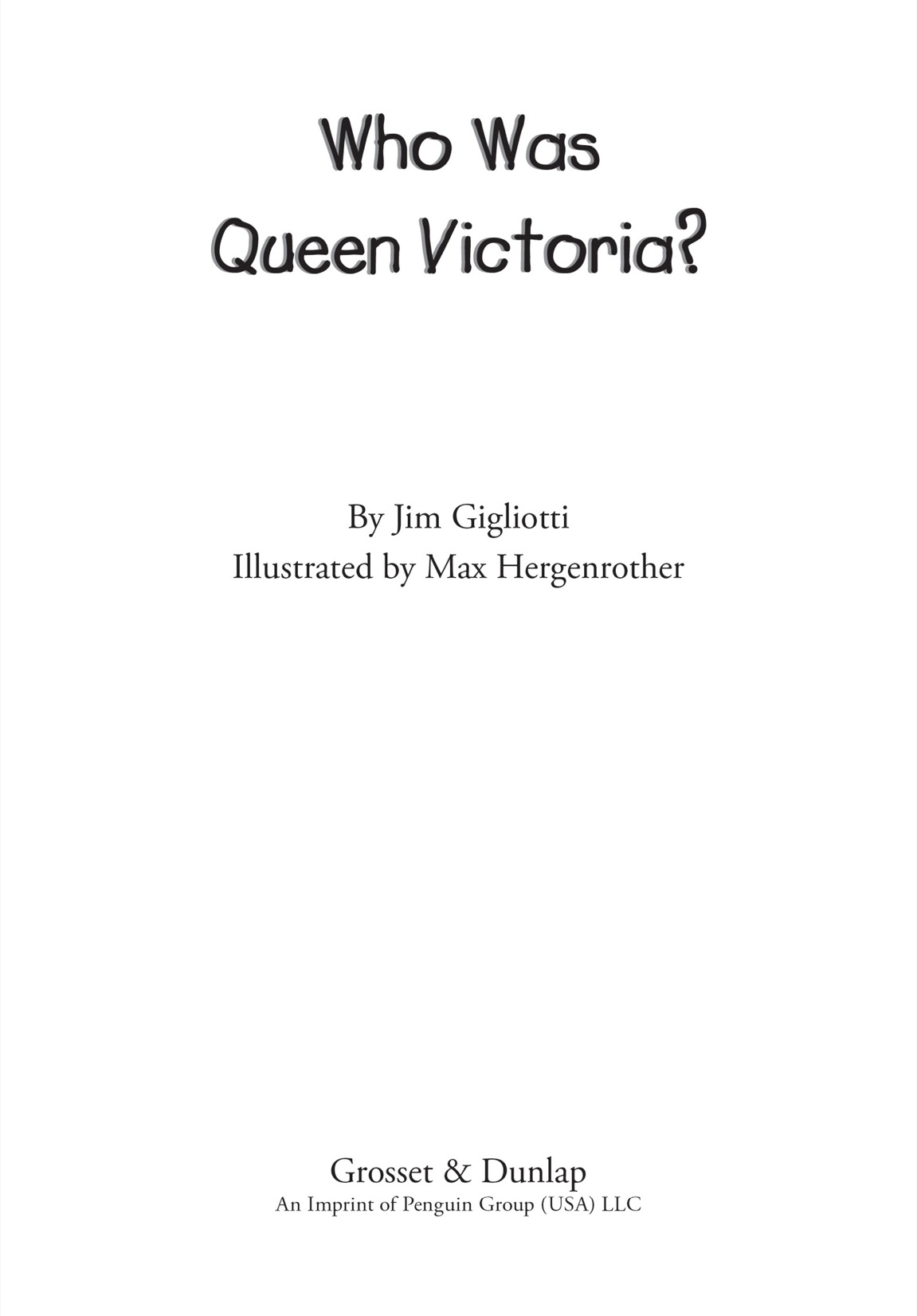
For my sister, another Victoria
with an indomitable spiritJG
For my queen, Jeanean. May the monarchy reside in our home for all timeMH
GROSSET & DUNLAP
Published by the Penguin Group
Penguin Group (USA) LLC, 375 Hudson Street, New York, New York 10014, USA

USA | Canada | UK | Ireland | Australia | New Zealand | India | South Africa | China
penguin.com
A Penguin Random House Company
Penguin supports copyright. Copyright fuels creativity, encourages diverse voices, promotes free speech, and creates a vibrant culture. Thank you for buying an authorized edition of this book and for complying with copyright laws by not reproducing, scanning, or distributing any part of it in any form without permission. You are supporting writers and allowing Penguin to continue to publish books for every reader.
Text copyright 2014 by Jim Gigliotti. Illustrations copyright 2014 by Max Hergenrother. Cover illustration copyright 2014 by Nancy Harrison. All rights reserved. Published by Grosset & Dunlap, a division of Penguin Young Readers Group, 345 Hudson Street, New York, New York 10014. GROSSET & DUNLAP is a trademark of Penguin Group (USA) LLC. Printed in the USA.
Library of Congress Cataloging-in-Publication Data is available.
ISBN 978-0-698-17188-6
Version_1
Nothing was out of the ordinary when eighteen-year-old Princess Victoria went to bed on the evening of Monday, June 19, 1837. She fell asleep in Kensington Palace in London, in the room she shared with her mother, the Duchess of Kent. She had always shared a room with her mother. Her mother never allowed her to be alone.
At six oclock the next morning, though, Victorias world changed. She woke up to hear her mother say that two men had arrived at the palace. They wished to see Victoria.
The men were the archbishop of Canterbury and the lord chamberlain. The archbishop of Canterbury was the leader of the Church of England. The lord chamberlain was the top official in the royal household, where the king lived.

Victoria put on her dressing gown and went to her sitting room. The men came in, and the lord chamberlain knelt before her. Victoria knew what that meant: Her uncle, King William IV, had died.
Victoria extended her hand, and the lord chamberlain kissed it. The king died at twelve minutes past two oclock in the morning, the lord chamberlain said. Princess Victoria was now Queen Victoria. She was the queen of the United Kingdom.
Since it has pleased Providence to place me in this station, Victoria wrote in her journal later that night, I shall do my utmost to fulfill my duty towards my country.
Although Victoria was only eighteen, she had been preparing for her role since she was eleven years old. That was when she became the next in line to the throne.
I am very young and perhaps in many, though not in all things, inexperienced, the queen wrote, but I am sure that very few have more real goodwill and more real desire to do what is fit and right than I have.
Victoria did what she felt was fit and right for more than sixty-three years as queen. She had the longest reign of any king or queen in Britains history. She helped maintain peace and prosperity in her country, and she ruled at a time when exciting new discoveries were made in many fields. Victoria was so important to this time period that it has been named after her: the Victorian era.
Before any of that, however, one of Victorias first declarations as queen was that her bed be moved into her own room. She would not share a room with her mother any longer.
The king was dead. Long live the queen.
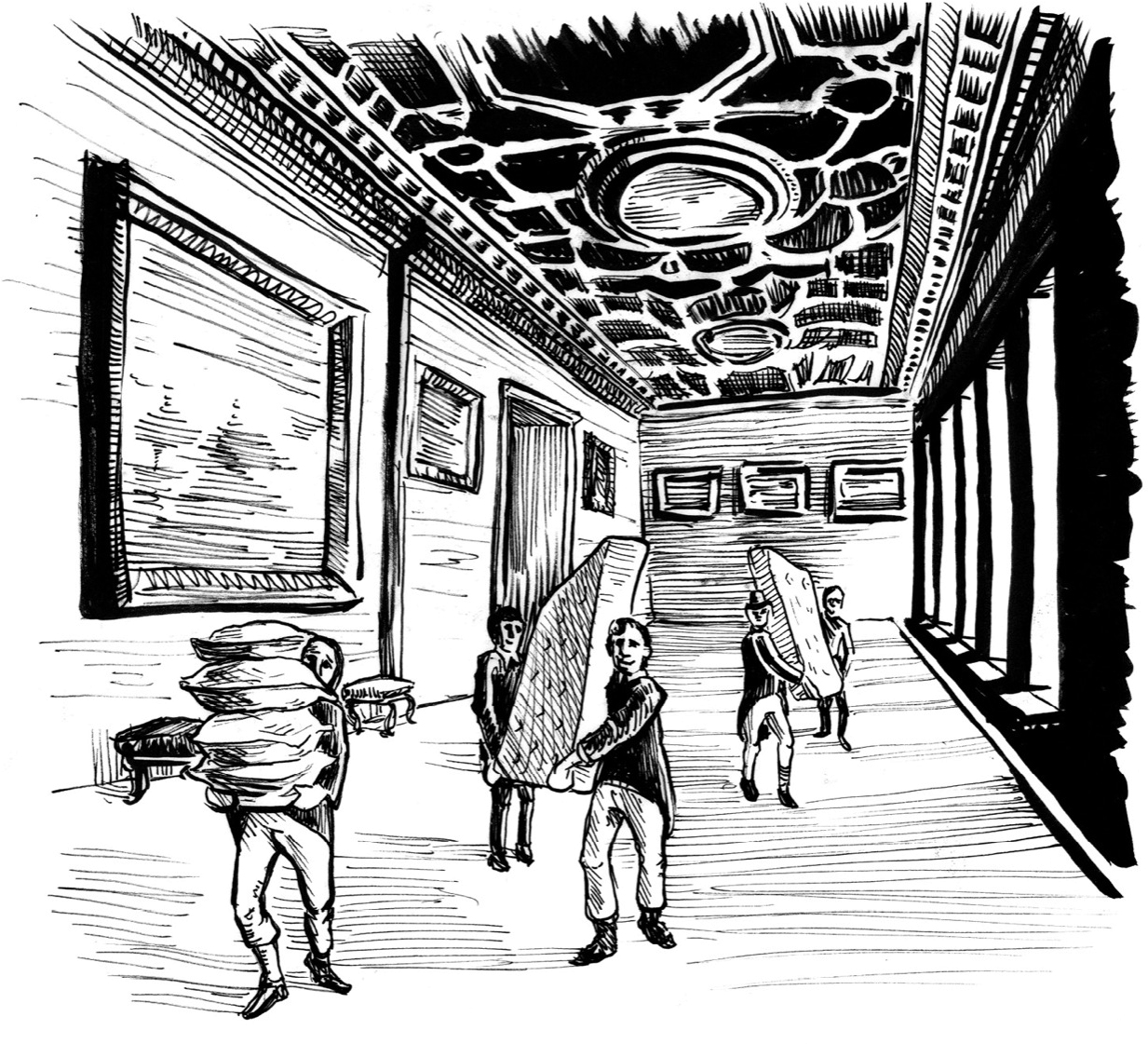
Childhood
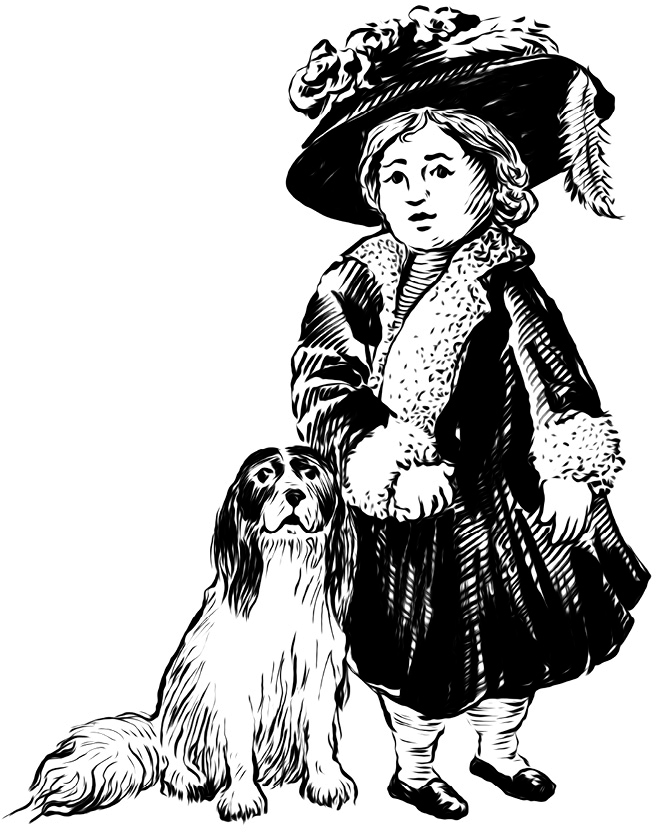
When Princess Victoria was seven years old, she went for long carriage rides in the countryside outside London, England, with her grandmother, who was visiting from Saxe-Coburg-Saalfeld in what is now Germany. Victoria loved her grandmother and enjoyed the beautiful horses, but she didnt care to be driven around the countryside. Like many young girls, she later admitted in her journal, she preferred running about.
Victoria loved running and playing with her dog, a King Charles spaniel named Dash. Other times, she played with her doll collection. She loved dolls so much that she had more than one hundred of them! Victoria had a full schedule of schoolwork, too, and enjoyed some of her academic subjects more than others. She was fascinated by history, and excellent at learning languages.
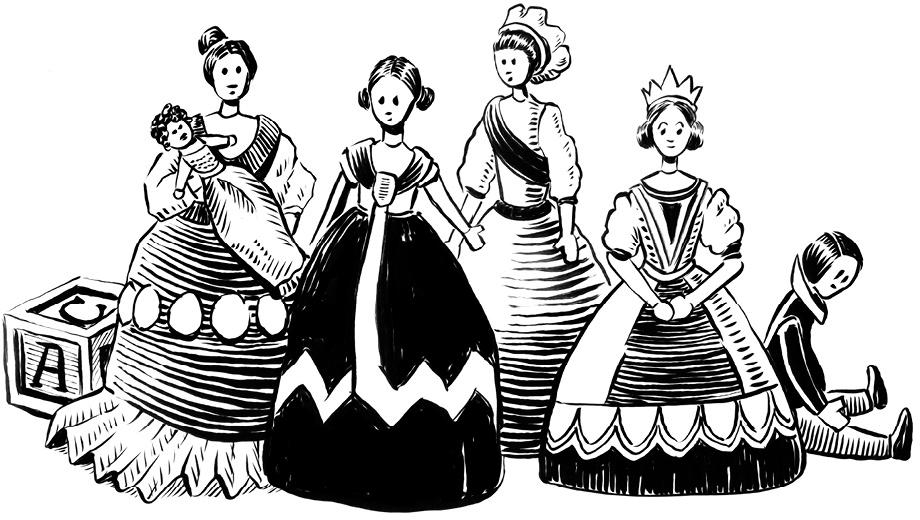
That all may sound as if Victoria had a typical childhood. She didnt. Certainly anyone born into royalty will have a different upbringing. Victoria, however, had a particularly uncommon childhood, and it was not an especially happy one.
Victoria was born as Alexandrina Victoria in Kensington Palace in London on May 24, 1819. Her father was Prince Edward, the Duke of Kent. Her mother was Victoire, the Duchess of Kent. Sometimes the newborns family called her Drina at home, but mostly she was just Victoria.
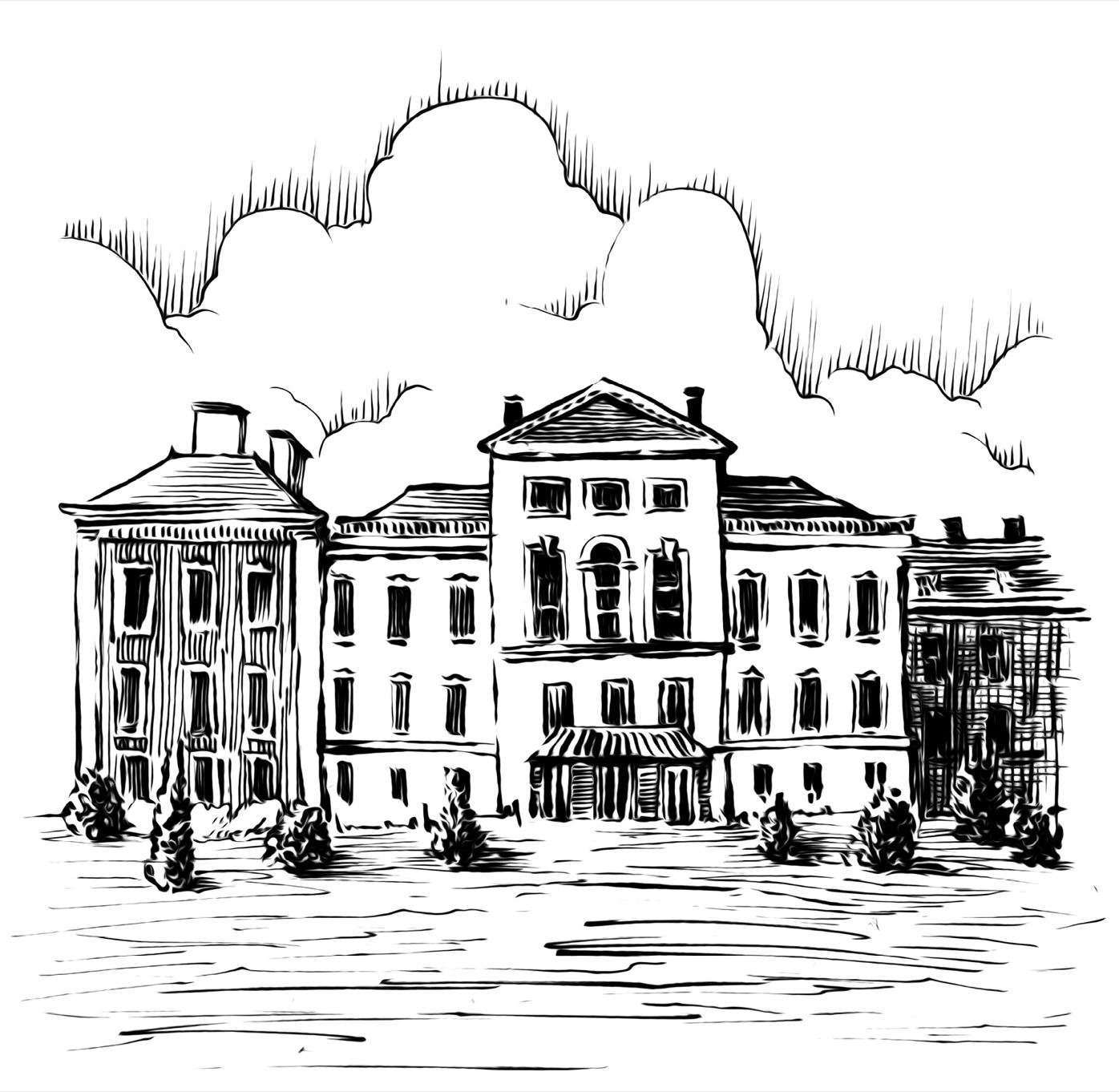
Victoria was only eight months old when her father died unexpectedly. The duke caught a severe cold, which turned to pneumonia. He died on January 23, 1820.
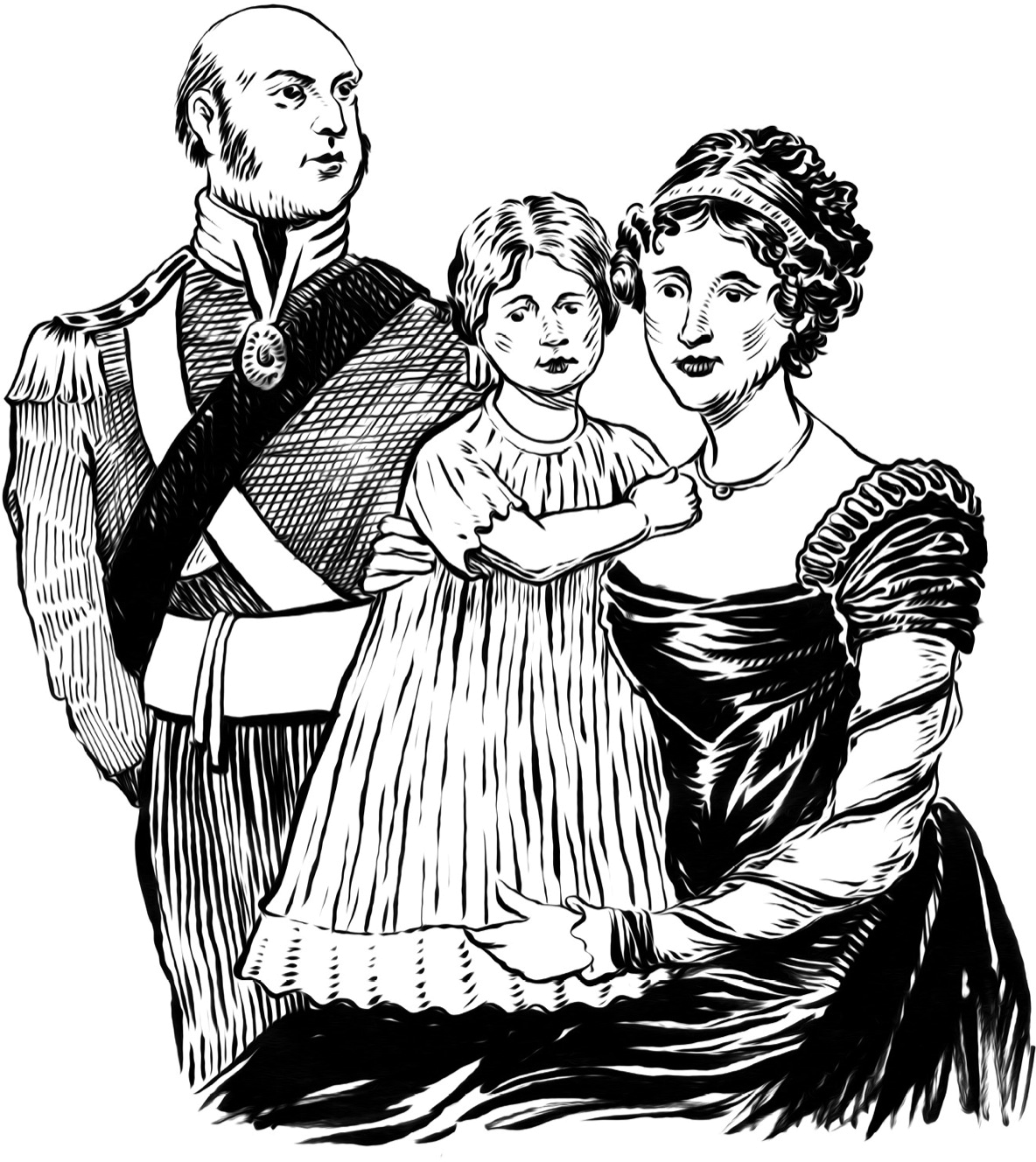

Victoria grew up without a father. Her mother, the Duchess of Kent, did not remarry, but she did ask a close friend of her husbands, Sir John Conroy, to help run the household. He became a financial adviser and secretary to the duchess. Victoria did not trust Conroyand with good reason.
After her fathers death, Victorias mother made a plan with Conroy. They both hoped to keep young Victoria so dependent on them that their opinions would come to matter more than her own. Conroy wanted power. He could never be king because he was not born into the right family, but he was determined to exert great influence on Victoria.
The atmosphere in the palace was one of drama and intrigue in the early years of Victorias life. If Victorias uncle, King William IV, died before she turned eighteen, her mother would become queen regent and rule the United Kingdom on Victorias behalf. If he died after she turned eighteen, Victoria would be queen. Either way, Conroy and the duchess wanted to be in control.
Font size:
Interval:
Bookmark:
Similar books «Who Was Queen Victoria?»
Look at similar books to Who Was Queen Victoria?. We have selected literature similar in name and meaning in the hope of providing readers with more options to find new, interesting, not yet read works.
Discussion, reviews of the book Who Was Queen Victoria? and just readers' own opinions. Leave your comments, write what you think about the work, its meaning or the main characters. Specify what exactly you liked and what you didn't like, and why you think so.

